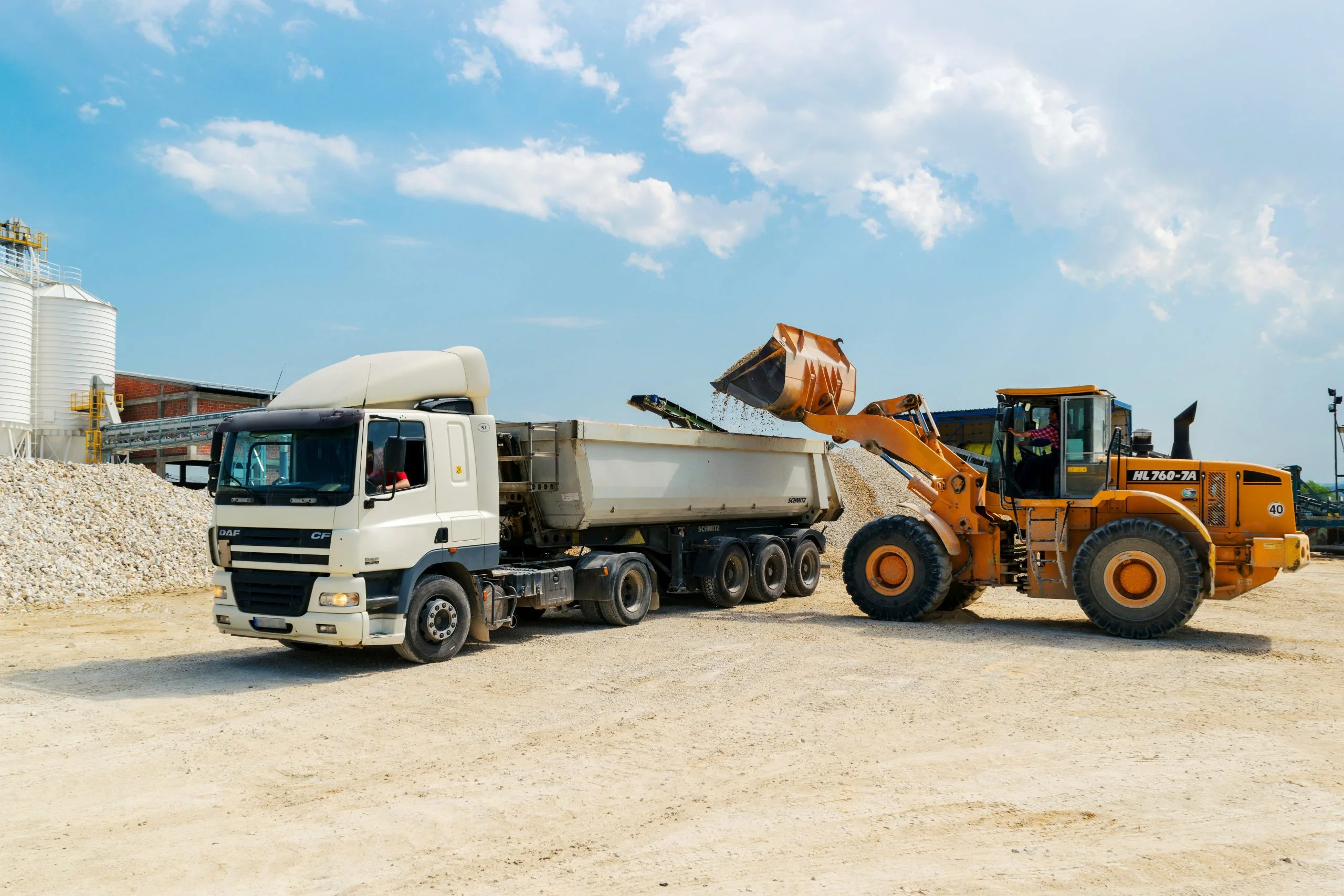As we head towards the end of the tax year, you may be weighing up your company’s balance sheets and considering your different financing options for the forthcoming year. If your business requires equipment, or if you want to release cash from the value of assets you already own, you might want to consider asset finance.
Here’s everything you need to know about asset financing options.
What is asset finance?
Put simply, asset finance is a form of lending that lets you buy or lease business equipment without paying the full amount upfront. It can also enable you to take out a loan against assets (objects or resources that have a value and can be converted into cash) that your business already owns.
If you need working capital, then asset finance can be a secure way of accessing funding.
How does it work?
Asset finance can work in two ways:
You can access funding secured against your existing assets
Do you have valuable hard assets, such as machinery, vehicles or agricultural equipment? Capital release (also known as refinancing) helps you access funds tied up in your assets so you can have an influx of cash. The best part is that you can still use those assets, and there are various refinancing structures to choose from.
Business hire purchasing or finance leasing to access additional equipment
Machinery and vehicles can be very expensive to buy. If your company needs vital equipment in order to run but can’t afford the full cost upfront, a business hire purchase plan could help.
Business hire purchase allows you to space your payments for an item out over an agreed amount of time. Once you make the final payment, the asset is yours to own. You can usually set up a fixed repayment plan that makes it easy for you to budget throughout your repayment period.
Alternatively, finance leasing essentially allows you to rent the equipment you need without ever owning it. With this form of asset finance, a lender will purchase an item, then you pay a monthly fee to rent it for an agreed amount of time. After that period is up, you can return the item, extend your lease, or even upgrade to a newer item. You may also decide to pay the remainder of the cost to buy it outright.
Both hire purchase plans and equipment leasing work in a similar way. The asset finance company will cover the cost of the asset — whether that’s machinery, a vehicle or other equipment — and pay the money to the supplier. You will then pay a regular sum to the provider. Depending on the payment plan you and the provider agree upon, you can usually pay monthly or quarterly.
It’s worth bearing in mind, of course, that you must keep up with your repayments or risk losing your assets.
Why do people use asset finance?
Many businesses find asset finance options helpful as they are a flexible way of accessing funds and equipment and are often easier to obtain than traditional bank loans. It is most appropriate when you require short term finance.
Hire purchase and equipment leasing can also be beneficial for new businesses and start-ups who don’t already have the equipment they need to grow. Agreements often have fixed interest rates and payment schemes making it easy to manage your repayments.
Hire purchase, in particular, is a tax-efficient option. It can help you make the most of the government’s super-deduction allowance, which qualifies you for a 130% capital allowance deduction on machinery and equipment investments until the end of March 2023.
Asset finance with Funding Round
As a leading finance broker, we have access to a broad range of funders who can offer you excellent asset finance options. Whatever industry you’re in, don’t hesitate to contact Funding Round for more information on our asset finance services.

